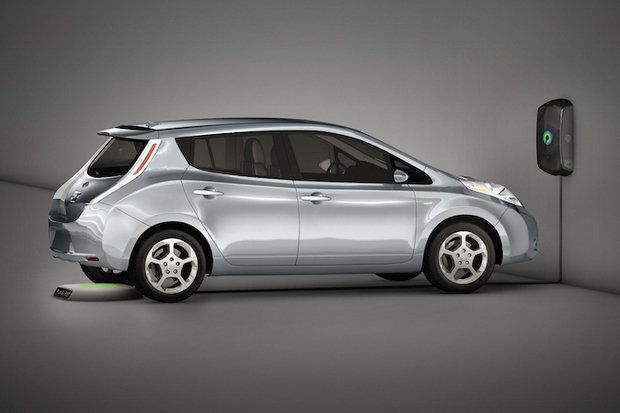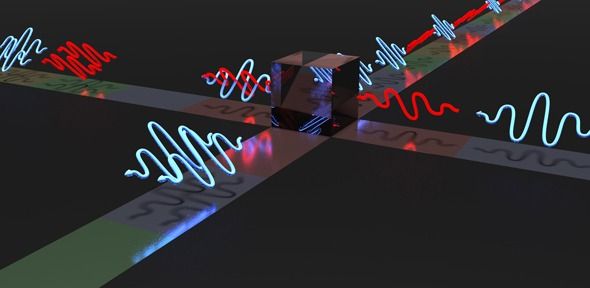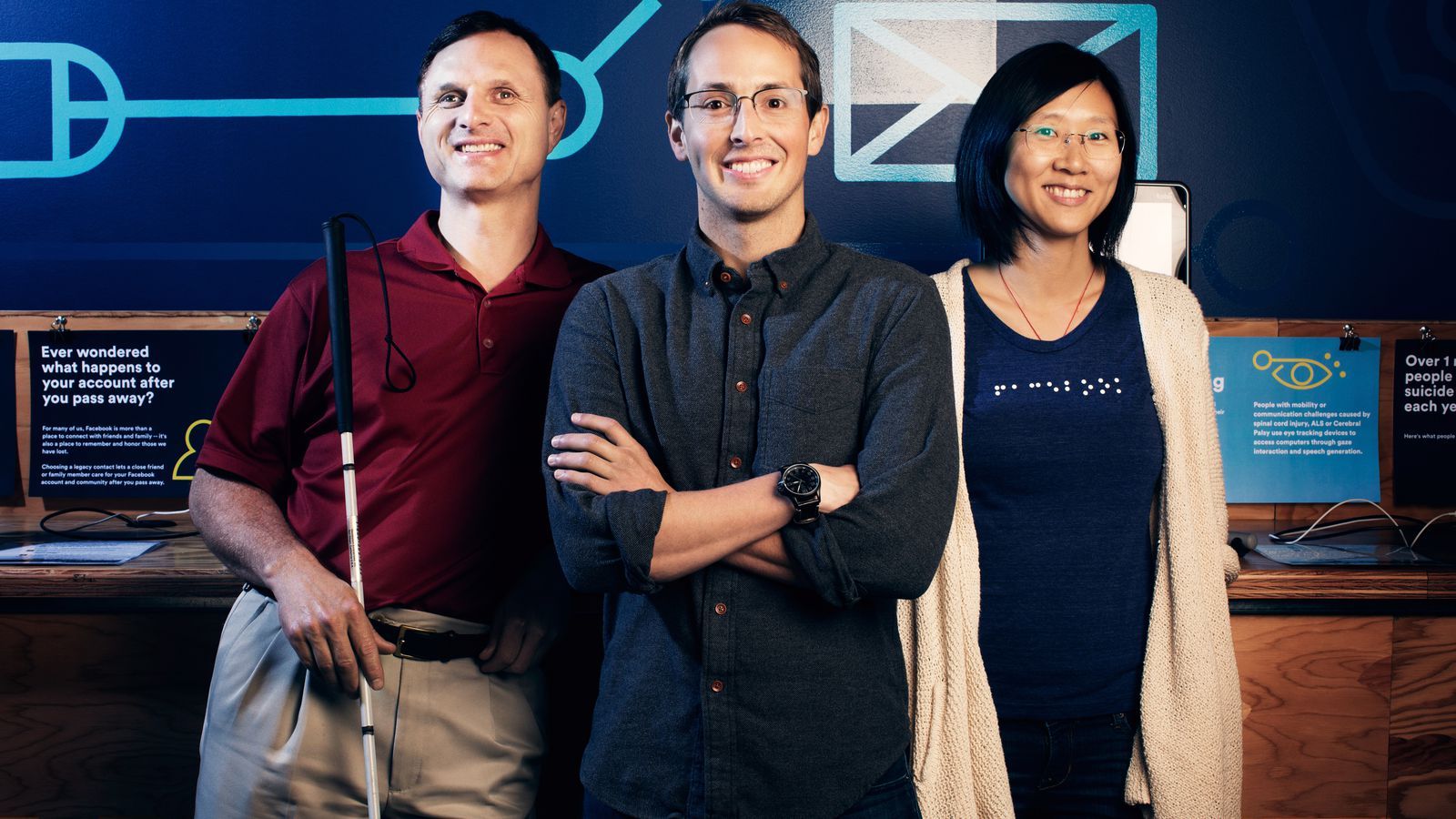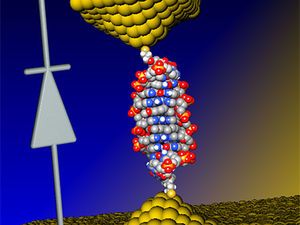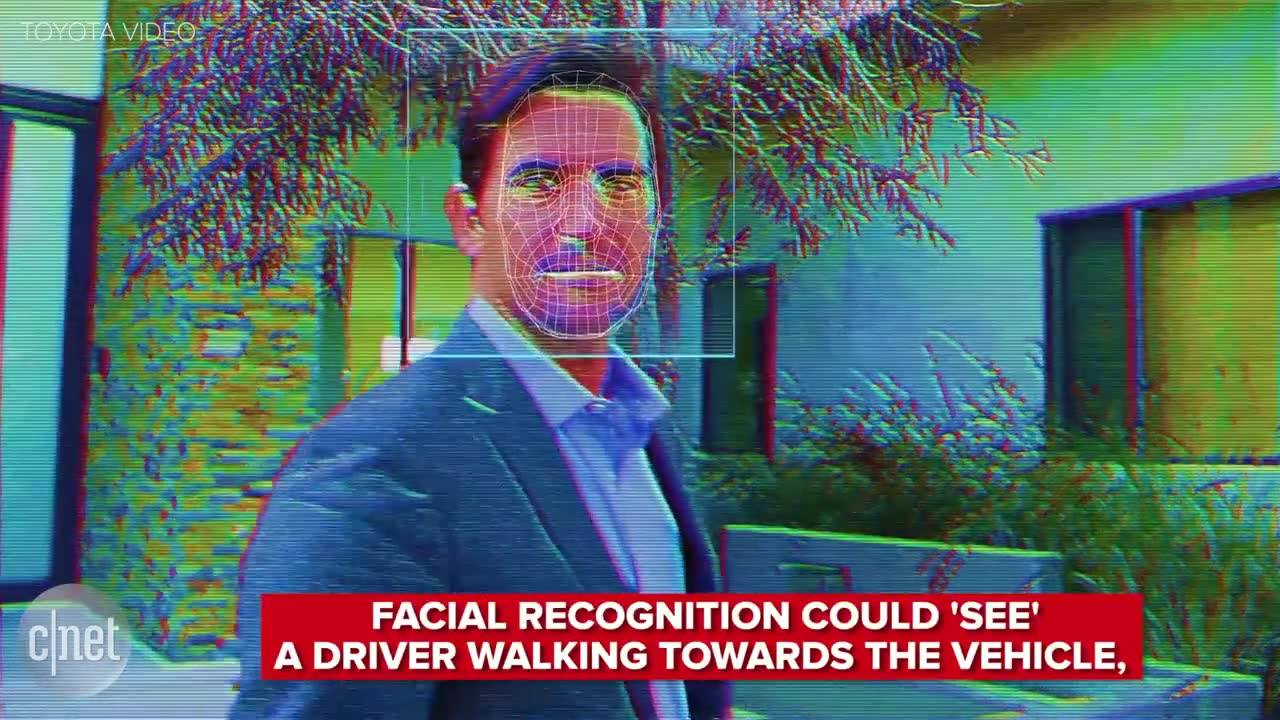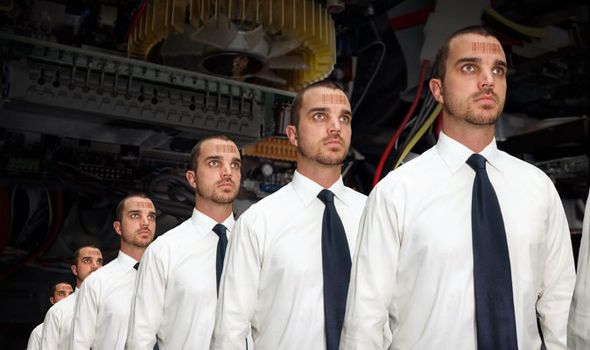Page 11239
Apr 5, 2016
Gov’t researchers develop wireless car chargers that are faster than plug-ins
Posted by Shailesh Prasad in category: transportation
Two wireless charging technologies are already proving they can charge high-voltage products such as laptops and electric cars faster than if you plugged them in.
Apr 5, 2016
Laser technique promises super-fast and super-secure quantum cryptography
Posted by Shailesh Prasad in categories: encryption, quantum physics
A new method of implementing an ‘unbreakable’ quantum cryptographic system is able to transmit information at rates more than ten times faster than previous attempts.
Researchers have developed a new method to overcome one of the main issues in implementing a quantum cryptography system, raising the prospect of a useable ‘unbreakable’ method for sending sensitive information hidden inside particles of light.
By ‘seeding’ one laser beam inside another, the researchers, from the University of Cambridge and Toshiba Research Europe, have demonstrated that it is possible to distribute encryption keys at rates between two and six orders of magnitude higher than earlier attempts at a real-world quantum cryptography system. The results are reported in the journal Nature Photonics.
Continue reading “Laser technique promises super-fast and super-secure quantum cryptography” »
Apr 5, 2016
Facebook begins using artificial intelligence to describe photos to blind users
Posted by Shailesh Prasad in categories: food, information science, internet, mobile phones, robotics/AI, transportation
Ask a member of Facebook’s growth team what feature played the biggest role in getting the company to a billion daily users, and they’ll likely tell you it was photos. The endless stream of pictures, which users have been able to upload since 2005, a year after Facebook’s launch, makes the social network irresistible to a global audience. It’s difficult to imagine Facebook without photos. Yet for millions of blind and visually impaired people, that’s been the reality for over a decade.
Not anymore. Today Facebook will begin automatically describing the content of photos to blind and visually impaired users. Called “automatic alternative text,” the feature was created by Facebook’s 5-year-old accessibility team. Led by Jeff Wieland, a former user researcher in Facebook’s product group, the team previously built closed captioning for videos and implemented an option to increase the default font size on Facebook for iOS, a feature 10 percent of Facebook users take advantage of.
Automatic alt text, which is coming to iOS today and later to Android and the web, recognizes objects in photos using machine learning. Machine learning helps to build artificial intelligences by using algorithms to make predictions. If you show a piece of software enough pictures of a dog, for example, in time it will be able to identify a dog in a photograph. Automatic alt text identifies things in Facebook photos, then uses the iPhone’s VoiceOver feature to read descriptions of the photos out loud to users. While still in its early stages, the technology can reliably identify concepts in categories including transportation (“car,” “boat,” “airplane”), nature (“snow,” “ocean,” “sunset”), sports (“basketball court”), and food (“sushi”). The technology can also describe people (“baby,” “smiling,” beard”), and identify a selfie.
Continue reading “Facebook begins using artificial intelligence to describe photos to blind users” »
Apr 5, 2016
Why the Future of Space is Brighter than Ever
Posted by Klaus Baldauf in categories: economics, government, space
You may think I’m biased when I say investments in innovation across the space industry are growing, but the proof is all around us.
Growing by nearly 10 percent in just one year, the global space economy has reached a total of $330 billion worldwide, according to a 2015 Space Foundation report. Specifically, commercial space activities grew by 9.7 percent in 2014, while government investments in space saw a combined growth of 7.3 percent. And the part of space that’s most visible to us — rocket launch attempts — also increased from 81 attempts in 2013 to 92 in 2014.
These are promising statistics, and we’re seeing this growth in investment firsthand as we’ve witnessed some pretty incredible accomplishments throughout the industry over the past year.
Continue reading “Why the Future of Space is Brighter than Ever” »
Apr 5, 2016
Stem cell research on the brink of regrowing damaged human bone and tissue
Posted by Shailesh Prasad in category: biotech/medical
Australian researchers believe they are close to being able to use stem cells to regrow human bone and tissue damaged by injury, illness or old age.
Apr 5, 2016
World’s Smallest Diode Is Made of DNA
Posted by Shailesh Prasad in categories: biotech/medical, computing, electronics, genetics
Diodes —also known as rectifiers—allow electric current to flow in just one direction. More than 40 years ago, scientists proposed miniaturizing diodes and other electronic components down to the size of single molecules, an idea that eventually helped give birth to the field of molecular electronics, which could help push computing beyond the limits of conventional silicon devices. [See “Whatever Happened to the Molecular Computer?” IEEE Spectrum, October 2015]
Scientists at the University of Georgia and Ben-Gurion University of the Negev in Israel used DNA to fashion the new diode. The breakthroughs in genetics developed to sequence the human genome have now made it relatively easy to precisely manufacture and manipulate DNA, which makes the molecule a leading candidate for use in molecular electronics.
DNA’s double helix is made of paired strands of molecules known as bases. The new diode is only 11 base pairs long. (Typically, DNA is 0.34 nanometers long per base pair.)
Apr 5, 2016
Scientists to open MASS-CLONING factory this year to clone cows, pets and HUMANS
Posted by Shailesh Prasad in category: biotech/medical
Apr 5, 2016
Tesla Model 3 preorders have likely doubled the electric cars sold
Posted by Shailesh Prasad in categories: Elon Musk, sustainability, transportation
Three days ago, when Global Equities Research projected more than 300,000 reservations for the Tesla Model 3 electric car by the start of this week, that number seemed outlandish.
And yet, by the end of Saturday, the global total had reached 276,000, according to a tweet by Tesla CEO Elon Musk.
When the Model 3 was first unveiled in California on Thursday evening, the number of deposits that day alone had already crossed 100,000.
Continue reading “Tesla Model 3 preorders have likely doubled the electric cars sold” »

